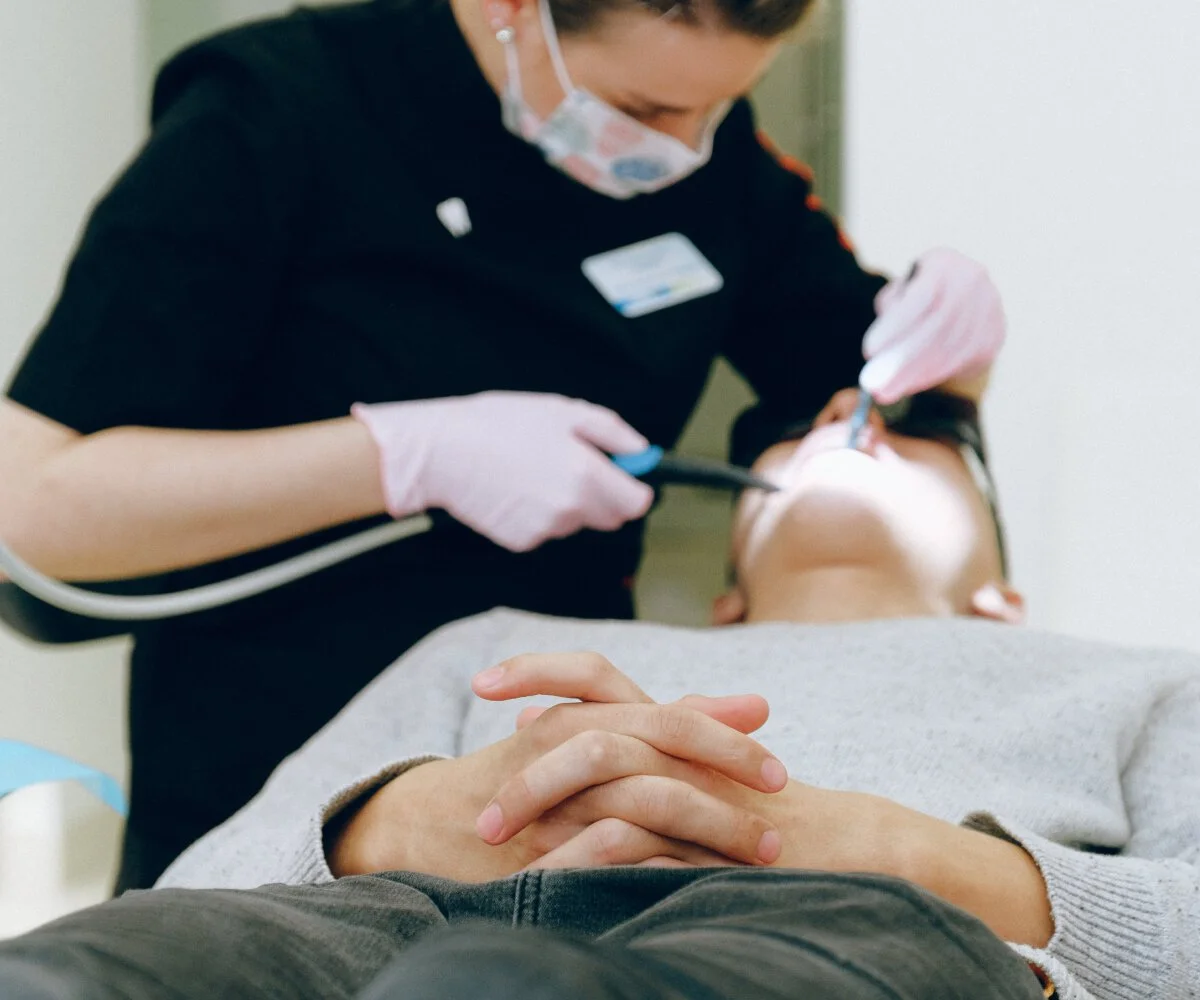Let’s Prepare Your Dentistry Project Together: Scientific Research in Dentistry and Dental Innovation
Scientific research in dentistry is crucial for improving healthcare quality and advancing treatment methods. When preparing dental projects, applying a solid scientific approach is essential to enhance the effectiveness and success of your work. In this article, we will explore how to prepare your dental projects, covering key steps in scientific research, methods, and the role of innovative technology companies like CranioCatch. Our goal is to assist you in preparing your dental project in the best possible way, ensuring success through proper planning.
What is Scientific Research in Dentistry and Why is It Important?
Scientific research refers to the systematic collection and analysis of data to test hypotheses or generate new knowledge. In the dental field, this research focuses on diagnosing diseases, developing new treatment methods, and leveraging dental innovation and technology. The research process includes everything from clinical data to theoretical models.
Scientific research in dentistry ensures that dental practices are based on proven scientific foundations, leading to reliable outcomes. This enhances patient care and elevates the overall quality of dental healthcare, contributing to lasting improvements.
Basic Steps for Dental Project Preparation
Here are the key steps you can follow to successfully prepare your dental projects:
1. Determining the Research Topic
The first step is to clearly define the purpose and research topic. Decide which dental disease, treatment method, or AI in dental diagnostics you want to explore. A well-defined topic ensures your project remains focused and produces effective results.
2. Literature Review in Dentistry
Conduct a thorough literature review to explore previous studies and results. This helps identify gaps in existing knowledge and highlights potential research areas. A comprehensive literature review strengthens your project's scientific foundation and originality.
3. Hypothesis Development
Once you have identified your research problem, formulate a hypothesis. This is a proposition that addresses a specific dental problem. Hypothesis development in dental research shapes the direction of your study and lays the groundwork for your research process.
4. Selecting Research Methods
Selecting appropriate methods is essential for data collection and analysis. Dental clinical studies, observational research, surveys, and laboratory tests are commonly used in dentistry. Each method has its benefits and limitations, so choose the one that aligns with your project's needs.
5. Data Collection and Analysis
Collect data based on the methods chosen, whether it's clinical data, survey results, or lab findings. Once collected, interpret the findings using statistical analysis. This step is crucial for testing your hypothesis and ensuring the reliability of the research results.
6. Interpretation and Reporting of Results
Interpret your results in line with your findings, and report them using scientific language. Sharing your results with the scientific community ensures that your research is reviewed and evaluated on a broader scale.
Key Methods for Scientific Research in Dentistry
Various research methods can be employed to conduct scientific research in dentistry:
- Clinical Studies: Test new treatment methods or devices on patient groups to evaluate their effectiveness.
- Laboratory Research: Includes tests on dental materials, microorganisms, or biological processes, contributing to both practical and theoretical knowledge.
- Observational Research: Involves analyzing clinical data and patient observations to assess treatment methods in real-world conditions.
- Questionnaires and Surveys: Used to collect patient feedback and experiences, providing insights into satisfaction and treatment outcomes.
CranioCatch's Role in Dental Innovation and Technology
CranioCatch is a leading player in the field of dental innovation and technology, contributing significantly to scientific research in dentistry. By providing AI-powered solutions, including clinical, educational, and labelling tools, CranioCatch enhances the accuracy and effectiveness of dental research and treatment. Their advanced AI in dental diagnostics helps improve the accuracy of diagnosis and treatment, fostering innovative approaches in dental care.
CranioCatch's technology can be an invaluable asset in your dental projects. Combining cutting-edge AI solutions with scientific research, they help streamline projects, ensuring efficiency and high-quality outcomes.
Conclusion
Successful dental project preparation hinges on following the scientific research process correctly, from defining your research topic to analyzing data. Every step—whether it's hypothesis development, selecting appropriate methods, or interpreting results—impacts the overall success of your project. Technology companies like CranioCatch can provide support at every stage, offering innovative solutions and ensuring that your project is scientifically grounded and effective.
By following these steps and collaborating with experts in dental innovation and technology, you can achieve significant advancements in dentistry. Let's build a foundation for scientific success together!





 Contact Us
Contact Us

